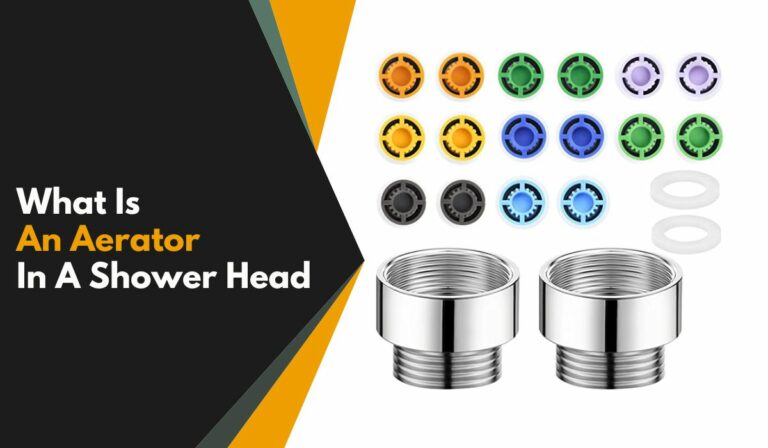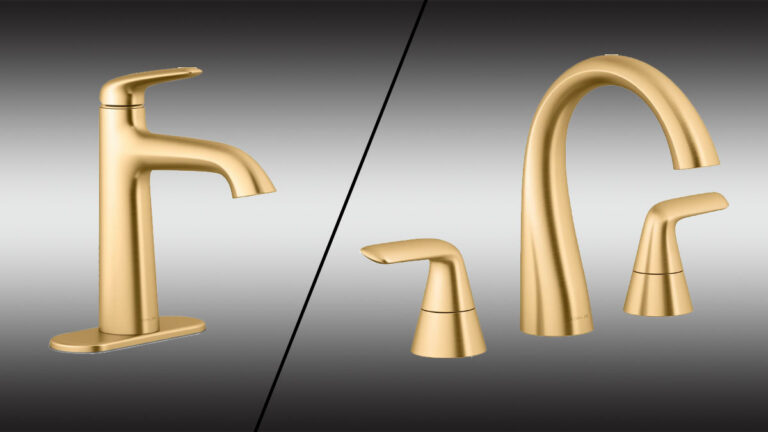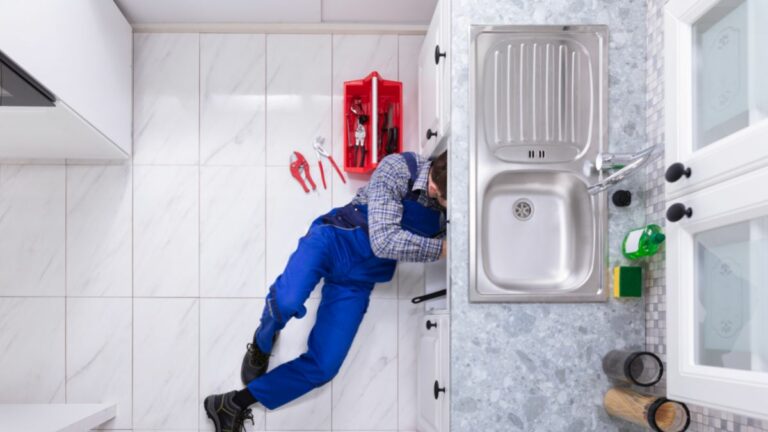How To Replace A Sprayer On A Kitchen Sink
When your kitchen sink sprayer starts leaking or simply stops working, it can quickly turn everyday chores into frustrating tasks. Replacing the sprayer yourself is a straightforward project that saves you both time and money. With a few simple tools and some clear instructions, you can have a fully functional sprayer up and running again in no time. This guide will walk you through every step, from identifying when replacement is needed to testing your new sprayer and maintaining it for long-lasting use.
Identifying The Need To Replace Your Kitchen Sink Sprayer
Your kitchen sink sprayer is essential for rinsing dishes, cleaning produce, and reaching tricky corners. But over time, wear and tear take their toll. Here are some clear signs you’re due for a replacement:
- Constant Leaks: If you notice water pooling under the sink or dripping from the sprayer head when not in use, the internal seals or hose may have failed.
- Reduced Water Pressure: A sprayer that squirts weakly or inconsistently often points to clogs, cracks, or aging hoses.
- Cracks or Visible Damage: Physical damage on the sprayer head or hose not only reduces effectiveness but can also cause leaks.
- Hose Retraction Issues: If the hose retracts sluggishly or sticks, the mechanism might be broken beyond repair.
Don’t wait until a small drip becomes a flood. Recognizing these signs early will help you avoid water damage and keep your kitchen running smoothly.
Tools And Materials Required For Replacement
Before diving in, gather the right tools and materials for a hassle-free replacement:
- Replacement Sprayer Kit: Ensure it fits your sink model and includes the sprayer head, hose, and mounting hardware.
- Adjustable Wrench: For loosening and tightening connections without damaging fittings.
- Bucket or Towels: To catch any residual water when disconnecting hoses.
- Screwdriver (Flathead or Phillips): Depending on the mounting screws.
- Plumber’s Tape (Teflon Tape): Helps create watertight seals on threaded connections.
- Flashlight: Handy for under-sink visibility.
- All-Purpose Cleaner and Rag: To clean the area before installing the new sprayer.
Having these ready will save you from frustrating trips back to the hardware store midway through the job.
Step-By-Step Guide To Removing The Old Sprayer
Removing your old sprayer is easier than it looks. Follow these steps carefully:
- Turn Off the Water Supply: Locate the shutoff valves under the sink and turn them clockwise to stop water flow.
- Release Pressure: Open the faucet to drain any remaining water.
- Disconnect the Sprayer Hose: Place a bucket beneath the connection point. Use your adjustable wrench to loosen the hose coupling from the diverter valve or faucet base.
- Remove the Sprayer Head: Depending on your model, the sprayer might twist off or require unscrewing from the deck mount.
- Pull the Hose Out: From under the sink, gently pull the hose back through the hole in the sink or countertop.
- Clean the Area: Wipe down any mineral buildup or debris around the mount to prepare for the new sprayer.
Keep all components for reference until installation is complete, just in case you need to compare fittings.
Installing The New Sprayer Properly
Now for the satisfying part – putting your new sprayer in place:
- Feed the New Hose Through: Slide the new sprayer hose down through the mounting hole until the sprayer rests securely on the deck.
- Secure the Sprayer Head: Fasten the sprayer head according to its design, twist, snap, or screw it on firmly but don’t overtighten.
- Attach the Hose Underneath: Connect the hose to the diverter valve or faucet fitting. Wrap the threads with plumber’s tape to ensure a good seal.
- Tighten All Connections: Use your wrench to snug the fittings without forcing them: over-tightening can crack plastic parts.
- Check the Hose Movement: Pull the sprayer out and let it retract smoothly to verify proper installation.
Take your time with alignment to avoid leaks and ensure comfortable use.
Testing The New Sprayer For Leaks And Functionality
Once installed, thorough testing is key:
- Turn the Water Back On: Slowly open the shutoff valves and monitor for leaks.
- Operate the Sprayer: Press the trigger to confirm water flows steadily and forcefully.
- Check Hose Retraction: Let go of the sprayer and observe if it retracts without hesitation.
- Inspect All Connections: Look closely at each fitting for any water seepage.
If you spot leaks, gently tighten the connections or apply additional plumber’s tape. A well-installed sprayer should perform perfectly without any drips or irregularities.
Common Issues And Troubleshooting Tips
Even with the best installation, some issues can arise:
- Sprayer Won’t Retract: Check that the hose is not kinked or twisted under the sink: realign as needed.
- Water Leaks at Base: Tighten the mounting nut under the sink or ensure plumber’s tape is applied correctly.
- Weak Spray Pressure: Remove the sprayer head and clean out mineral deposits by soaking in vinegar.
- Trigger Sticks or Is Difficult to Press: Lubricate the trigger hinge with silicone spray: avoid oil-based lubricants.
If problems persist, consulting the manufacturer’s manual or a plumbing professional is a smart next step.
Maintenance Tips To Prolong The Life Of Your Sprayer
To keep your kitchen sink sprayer in top shape for years, follow these maintenance tips:
- Regular Cleaning: Wipe down the sprayer head weekly to prevent mineral buildup.
- Check for Leaks Monthly: Early detection allows you to fix small issues before they worsen.
- Avoid Harsh Chemicals: Cleaners that contain bleach or acids can degrade hoses and fittings.
- Operate Gently: Don’t yank the hose or force the trigger: treat it like a delicate tool.
- Flush the Sprayer Occasionally: Run clean water through it to clear any debris.
Routine care can save you hassle and keep your sprayer working like new.
Conclusion
Replacing your kitchen sink sprayer is a manageable DIY task that restores full functionality to your kitchen setup. By carefully identifying the signs of wear, using the right tools, following the step-by-step removal and installation process, and testing your new sprayer thoroughly, you ensure a leak-free and efficient system. Plus, with regular maintenance, you’ll extend the sprayer’s lifespan, keeping your kitchen running smoothly with minimal fuss. Next time your sprayer acts up, you’ll be ready to fix it confidently and keep those dishes sparkling clean.





